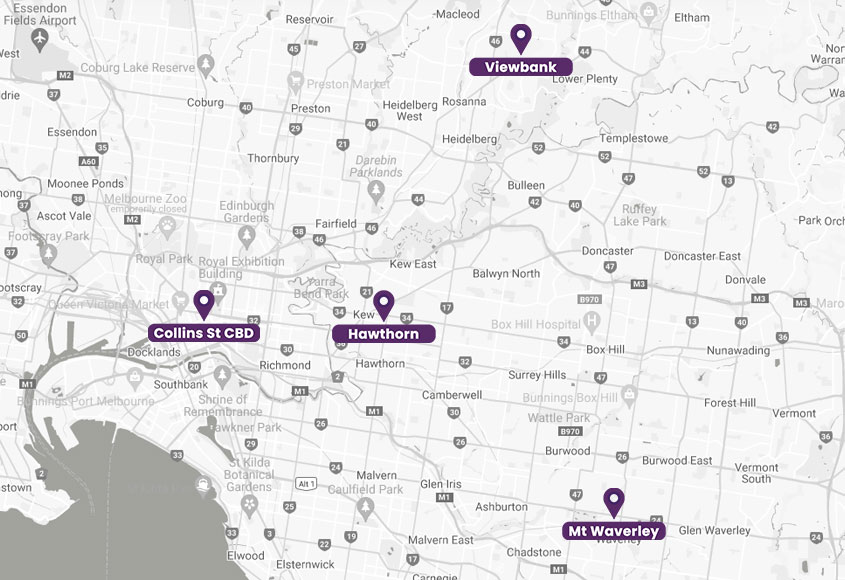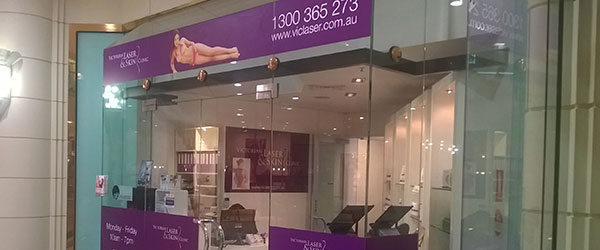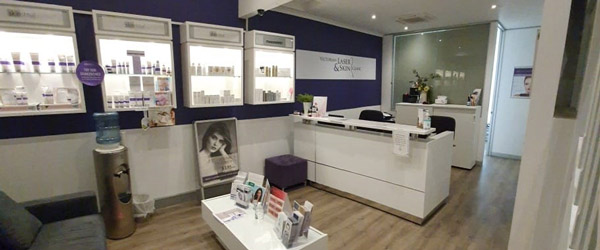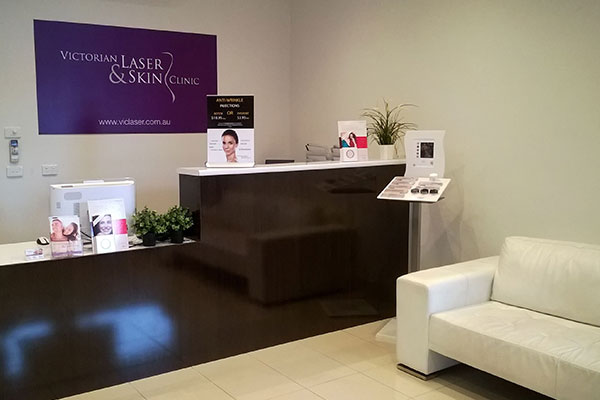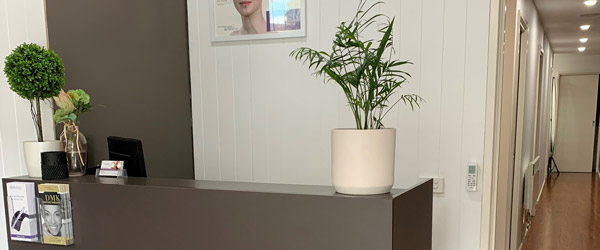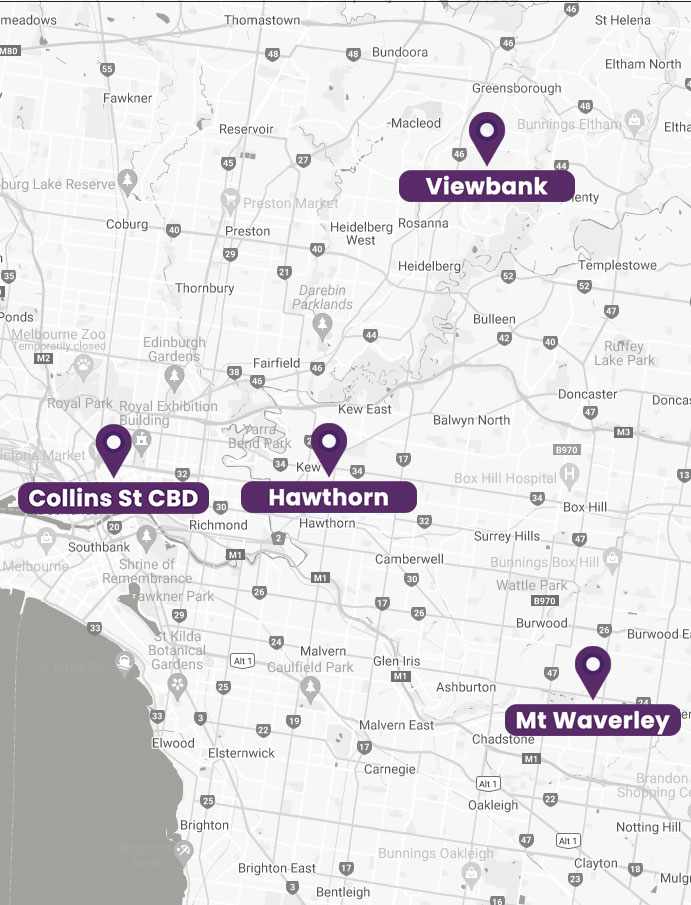Do you ever catch yourself staring in the mirror, wondering how to get rid of those pesky dead skin cells that make your complexion look dull and lifeless? Fear not! Skin rejuvenation procedures like microdermabrasion and chemical peel treatment could be just the ticket to reveal fresh, healthy-looking skin.
Which is Better – Microdermabrasion or Chemical Peel?
Microdermabrasion and chemical peels – it’s likely that you’ve heard of both in the past, but which of the two treatments will be best for you?
Before you dive in headfirst, it’s important to know that these two methods take different approaches and yield different results. Let’s take a closer look at both these procedures. This blog post will look at both forms of skin treatment and provide details to help you determine which will be most suitable for the specific skin concern or condition you wish to have treated.
Microdermabrasion
Microdermabrasion is a relatively painless procedure that’s performed with a device that uses exfoliating surfaces (usually tiny crystals or diamond tip wand) to help remove dead skin cells. It is a non-invasive procedure that takes around half an hour to complete, and it works on the principle that when the outermost layer of the skin is removed the body interprets this as an injury and will immediately begin prompting the body to manufacture more youthful-looking collagen, essentially replacing the exfoliated cells with healthy new ones. From do-it-yourself kits that you can use at home through to more professional machines, there are a number of different types of microdermabrasion machines that can be used.
Commonly Asked Microdermabrasion Questions
- Is It Safe?
Due to the fact that it’s a non-invasive procedure, microdermabrasion is considered a safe treatment, especially when performed by a professional (as opposed to at home). It is often chosen over other types of treatments and procedures due to this.
- Does It Hurt?
As previously mentioned, microdermabrasion is a fairly painless procedure, with the sensation described as uncomfortable at worst. The skin may be a little tender and appear red, but other than this, there’s very little discomfort involved.
- How Effective Is It?
How effective microdermabrasion is will depend on what you’re treating and how many treatments you undergo. Generally, procedures are performed around once a month, with excellent results being seen in people aged between 35 and 50.
Which Conditions Can Be Treated?
From those with uneven pigmentation, through to individuals who suffer from clogged pores, microdermabrasion treatments can be beneficial for a wide range skin concerns and conditions. Commonly treated conditions include:
- Acne
- Acne scarring
- Age spots
- Blackheads and whiteheads
- Congested skin
- Dead skin
- Enlarged pores
- Fine lines
- General skin rejuvenation
- Pigmentation
- Sun damage
Generally, microdermabrasion is perfect for treating dull skin, smoothing fine wrinkles, reducing mild acne scaring, evening out skin tone, and cleaning out clogged pores. It’s much gentler on the skin than a chemical peel and is a good choice for those with sensitive skin.
Chemical Peels
Chemical peel treatments can improve and smooth the texture of an individual’s skin, and while they remove the outermost layer of skin like microdermabrasion, they do so in a very different way. To remove this layer of skin, a chemical peel involves the application of a chemical solution which results in the skin receiving what’s described as a controlled injury. The chemical solution will cause the skin to blister, and when the body begins to heal the affected area, new tissue is generated.
There are a number of different types of chemical peels available, with certain peels being more suitable to certain skin types. They can also vary in strength, with superficial, medium and deep peels all available. As with microdermabrasion, the regenerated skin that appears as a result of a chemical peel will generally be much smoother and less wrinkled than the skin that was there before.
When it comes to addressing acne scars and other severe skin issues, chemical peels are often more effective than microdermabrasion. However, they are sometimes more intrusive, necessitating recovery time for the skin. Redness, peeling, and flaking are all potential adverse effects of chemical peels, lasting anywhere from a few days to a few weeks.
Commonly Asked Chemical Peel Questions
- Does It Hurt?
When performed by a trained professional, the pain experienced should be minimal, but this will vary depending on the type of peel you choose. Tingling, tightness and a change in temperature in the face can all occur. If you have sensitive skin, the professional performing the procedure will ensure that the right type of peel is used. To avoid pain after a chemical peel, you should avoid using scrubs and exfoliants, as these can slow down the healing process and cause skin irritation.
- Can Chemical Peels Remove Scars?
Chemical peels can remove scars, but it depends on how deep the scars are and what caused them. If the scarring isn’t too deep, chemical peels can certainly help to make scarring less visible. Individuals with acne scars are good candidates for chemical peels and can expect to see positive results. Sometimes more than one peel may be necessary to achieve the desired results.
What Skin Conditions Can Chemical Peels Treat?
Chemical peel treatments are suitable for a range of people and are often used to treat conditions such as:
- Acne
- Combination skin (skin that is both oily and dry)
- Congested skin (blackheads and whiteheads)
- Dark circles around the eyes
- Puffiness around the eyes
- Dry skin
- Oily skin
- Sensitivity
- Sun damaged and prematurely aged skin
While all of the above can be treated, acne scarring and sun damage are particularly well suited to treatment with chemical peels.
Acne Scars Treatment Options: Microdermabrasion vs. Chemical Peels
Popular acne scars treatments include microdermabrasion or chemical peels, however, the latter is typically more successful for deeper scars. Deep chemical peels can stimulate collagen synthesis and smooth out deeper scars, while superficial and medium-depth peels can improve the skin’s texture and tone. While beneficial for many, chemical peels can backfire on people with darker skin tones by causing hyperpigmentation.
However, microdermabrasion may be an effective treatment for acne scars of mild to moderate severity. Over time, it can lessen the visibility of superficial scars by helping to smooth out rough skin texture and boosting collagen formation. If you’d rather take a moderate, non-invasive route to skin rejuvenation, microdermabrasion is a viable alternative.
In Summary
While both microdermabrasion and chemical peels can help improve the appearance of your skin, the type of treatment you select will come down to the condition you have and the outcomes you wish to achieve. For example, while those who suffer from acne scarring will likely benefit more from a chemical peel, those who are looking for general skin rejuvenation may be better suited to a microdermabrasion treatment.
If you’re considering undergoing a microdermabrasion treatment or getting a chemical peel, call the Victorian Laser & Skin Clinic today. Our friendly staff will be able to advise you as to which procedure will best suit your needs.



